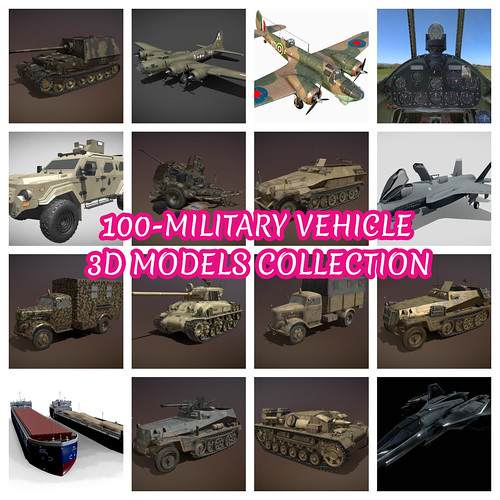NFT – What is It and How is It Used with Blockchain?
When you use Bitcoins or other Cryptocurrencies, you trade one for another. These are known as fungible assets, which simply means they are the same. Non-fungible assets are items considered one-of-a-kind. For example, your newly-created piece of EDM using Cubase. You can attach an NFT blockchain entry to your creation as a means of ownership. Other benefits of NFTs include:
Blockchain security Transparent transactions Traceable ownership Easy authentication.
Because NFTs use blockchain, they are secure. Yet blockchain entries also record ownership records that are easily authenticated. Therefore, the risk of fraud is significantly reduced when using NFTs as a means of transferring ownership of digital assets because no two NFTs are the same.
What Exactly is a Non-Fungible Token?
Non-fungible tokens (NFTs) are a relatively new concept in the also new world of digital asset trading. Associated with cryptocurrencies like Bitcoin and NFT Ether, crypto wallet may make money because of their digital nature, that’s the only thing they have in common. While cryptocurrencies cater for the trade of like-for-like assets, such as Bitcoins, NFTs are quite the opposite.
Digital Trading.
In a nutshell, you can use NFTs as a means of digital trade for one-of-a-kind digital assets. Such assets include artwork, music, and in-game items. With an associated NFT, you become the attached asset owner. However, NFTs can also be bought and sold with Crypto.
Uses for an NFT.
The rise of NFTs has been phenomenal. They are being traded for large amounts of money in just a few years. From small transactions of a few dollars to millions, people worldwide are seeing massive benefits to the technology.
Verified Ownership.
The benefits of NFTs vary, but for the most part, you can use NFTs as proof of ownership via blockchain authentication built-in to the system. Because of this, NFTs are commonly used for transferring ownership of coveted digital assets like viral videos, digital files (such as MP3s), and virtual worlds by trading another NFT of perceived equal value.
One of a Kind.
But NFTs also provide a means of immortalizing physical assets in digital form. For example, an artist could create a piece, take a digital photo and then destroy the original artwork, therefore significantly increasing the value of the digital version of the artwork.
How NFTs Use Blockchain.
Currently, NFTs are built using the Ethereum and Ziquilla blockchains. NFTs are stored on the blockchain platforms, ready for use when required. Because of this, there is inherent security in using tokens.
Open Transactions.
While Crypto shields transactions from scrutiny with anonymity, NFT blockchain transactions are transparent and traceable . Therefore you can verify the authenticity of content, interest NFT projects such as original artwork, without taking the seller’s word for it.
Ownership Retention.
Additionally, because blockchain ledger doesn’t allow the overwriting of digital information, digital creators retain ownership of original work. So, for example, musicians can sell as they wish rather than be cheated by streaming sites who greedily retain the majority of royalty profits.
Summary.
NFTs are built on the Ethereum blockchain, which they use as a means of recording ledger information. They are primarily used to transfer ownership of one-of-a-kind, original digital assets rather than trading equally valuable ETH coins. Because of the built-in blockchain features, NFTs are excellent for tracing ownership since all transactions are transparent on the blockchain ledger.
Recent Posts.
Verifying Product Authenticity: A Guide to Protect Your Investment Unlocking the Benefits of Unit Level Traceability in Supply Chain Management The Blockchain Supply Chain: What It Is and How it Works Blockchain for NFTs: How to create nft industry based blockchain Food Traceability Software: how to track the food you buy.

 If you have any queries with regards to in which and how to use interest NFT projects, you can contact us at our own web-site.
If you have any queries with regards to in which and how to use interest NFT projects, you can contact us at our own web-site.
